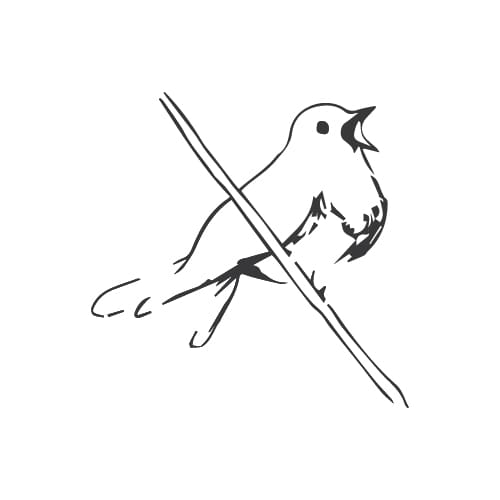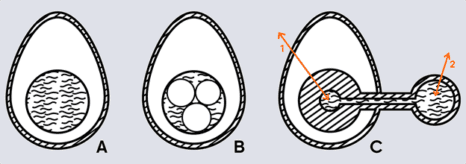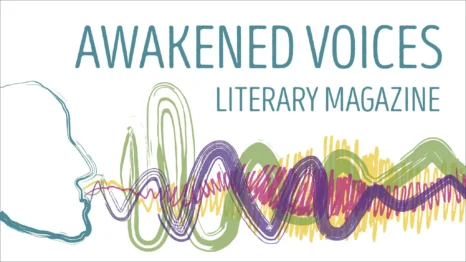Language, Education, and Trauma: A Bloom Editorial
- Bloom, Megan Otto
An editorial with Megan Otto |

Language, Education, and Trauma: a Bloom Editorial
Our understanding of sex and sexuality is muddled when we don’t have the tools that we need to talk about our experiences.
In our society, the conversation about sexuality after trauma and violence is especially lacking. Most of the time, the gaps in this topic start when we’re young, receiving (or not receiving) sex education in school.
In an ideal world, all sex education would be a safe space for everyone to participate, and it would consciously treat survivors of sexual violence with dignity. But
not all states in the USA require the same sex education. It varies widely as to what is taught, not to mention how sensitive an instructor may or may not be to trauma-informed teaching for survivors.
education means we acknowledge past experiences of abuse, create safety and trust, offer peer support and collaboration, and in the end, allow everyone to feel empowered to make choices for themselves. Education about sexuality offers the language to express needs and wants as well as pain, and to move forward with the possibility of cultivating a positive sexuality.
As more survivors share their stories and more people learn about the impacts of sexual violence, some schools and programs have begun to adopt trauma-informed curriculums, like the
Illinois Caucus for Adolescent Health (ICAH). They’ve taken the time to consider their curriculum from a multitude of perspectives-justice for survivors intersects with reproductive justice, LGBTQIA+ inclusivity, medical accuracy, harm and risk reduction, and sex positivity to create an environment that offers dignity to all students. Healing to Action has also started a #SexEdWorks campaign to advocate for sex education in Chicago Public Schools that is offered continuously throughout a child’s K-12 experience, giving young people a chance to have important and appropriate conversations about sexuality as they develop. By simply keeping the individual truths of each student in mind, programs like these allow students to take control over their own narrative of sex and sexuality.
This conversation most often begins in classrooms, but it can continue in all facets of our lives. Here at Awakenings, we’re speaking through artistic expression that has room for countless perspectives, emotions, and stories.
I’m immensely grateful for the Nightingale authors who continue to share their work and raise their voices through the written word. I’m grateful, too, for Awakenings’ newest exhibit,
Bloom, and our cohort of visual artists who have created multimedia responses to this conversation around sex education, sexuality, and trauma.
Maddie
Groteweil, Miguel Barros, Aodan, Sreyash Sarkar, and Marieken Cochius have all furthered this conversation in brilliant ways. Their work discusses the need to move away from a one-sided discussion on sexuality in order to give people of all ages the language to talk about their experiences. They ask us to shift the conversation into a narrative that acknowledges the negative while simultaneously taking a path to progress.
Hurting Spring
offers a path to redefine femininity and ward away from assuming or even encouraging weakness in one gender, instead advocating for everyone’s inherent control over their own bodies. Roots advocates for the power of conversation around these issues, while also providing comfort, safety, and courage for those who choose whether or not to speak out. And Currents and Shadows leads by example with colors that peek through blackness, opening up and allowing an honest conversation to emerge.
The art in Bloom lives up to the exhibit’s name-it continuously opens itself to the viewers, exposing all the facets of a conversation that’s been closed up for too long. With honesty for all parts of a survivor’s experience, Bloom presents itself as a new path to sex education and sexuality that can include those who have experienced violence and trauma.
We’re excited for you all to experience it, and we hope that The Nightingale can also be a space to keep blooming and opening up at one’s own pace. Together we’ll grow a steady tide of flowers, all year round, no matter the season.

